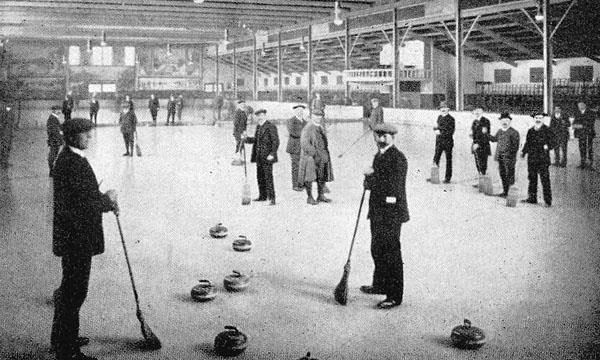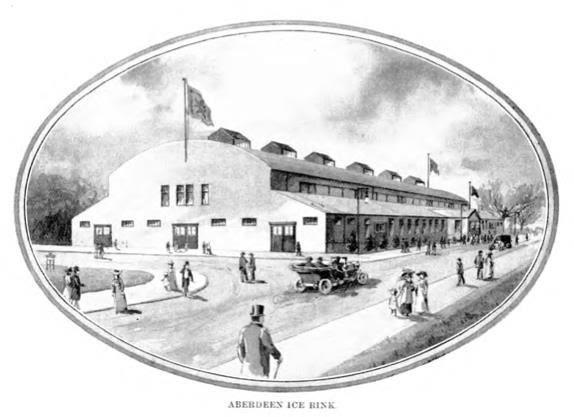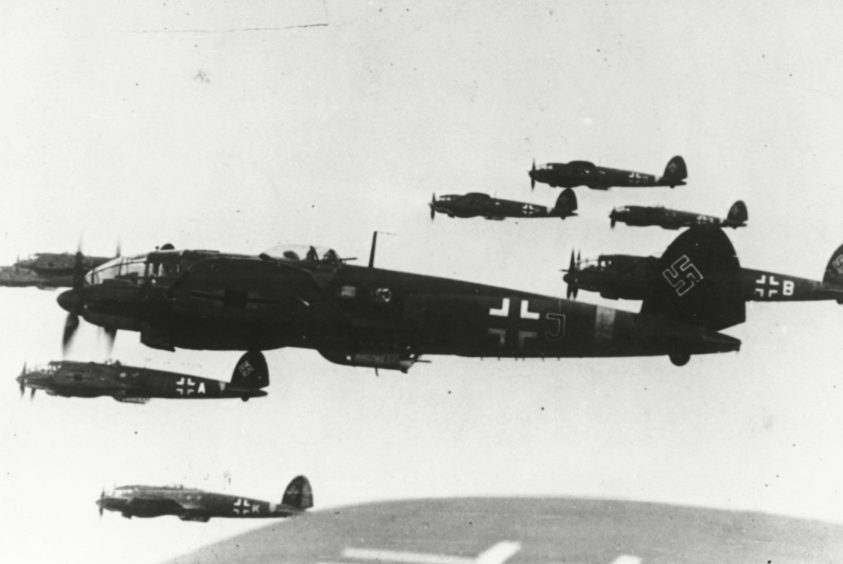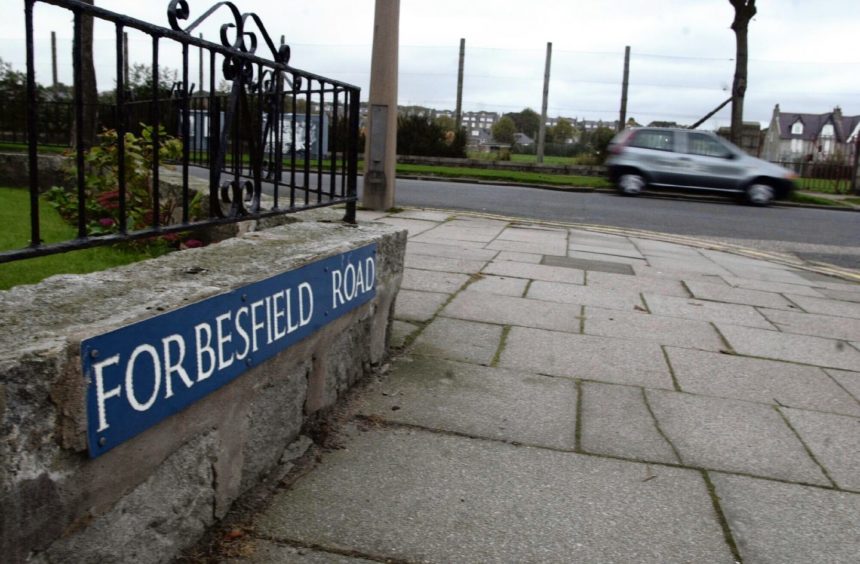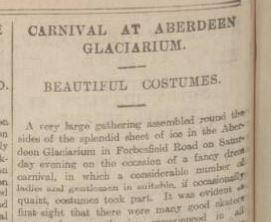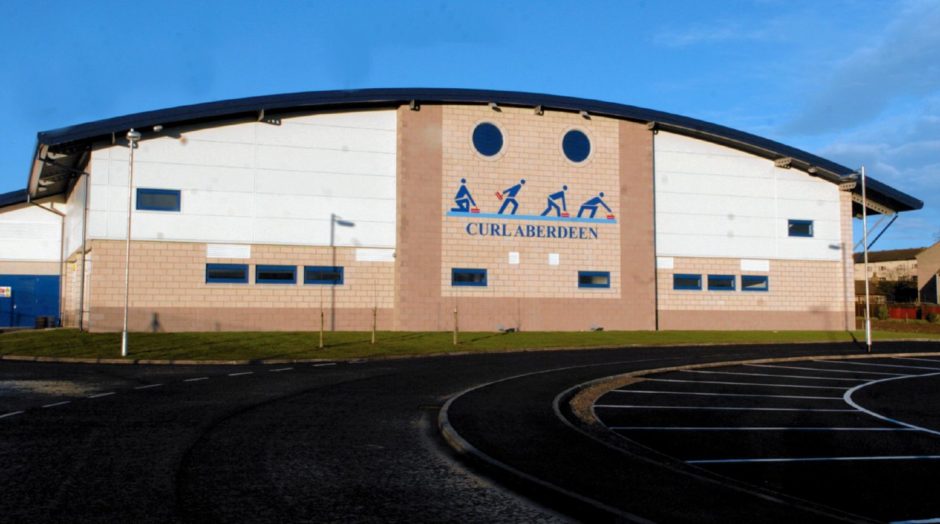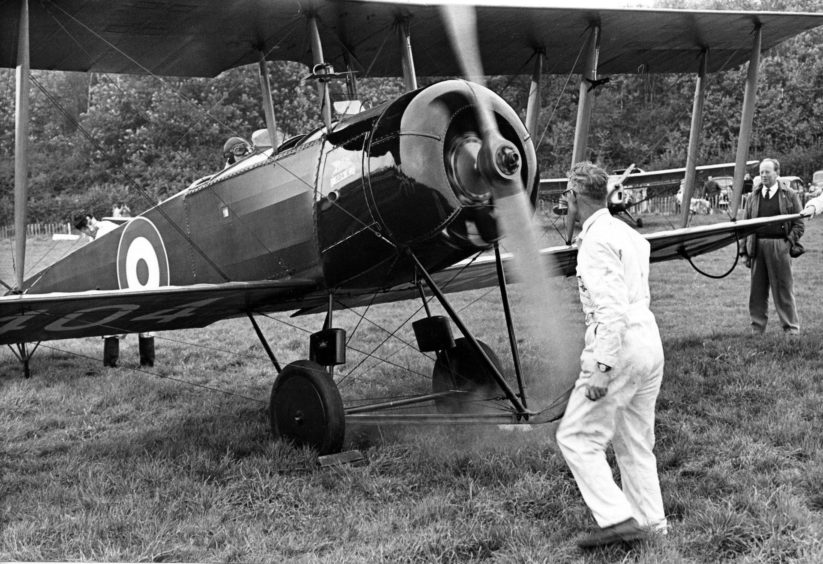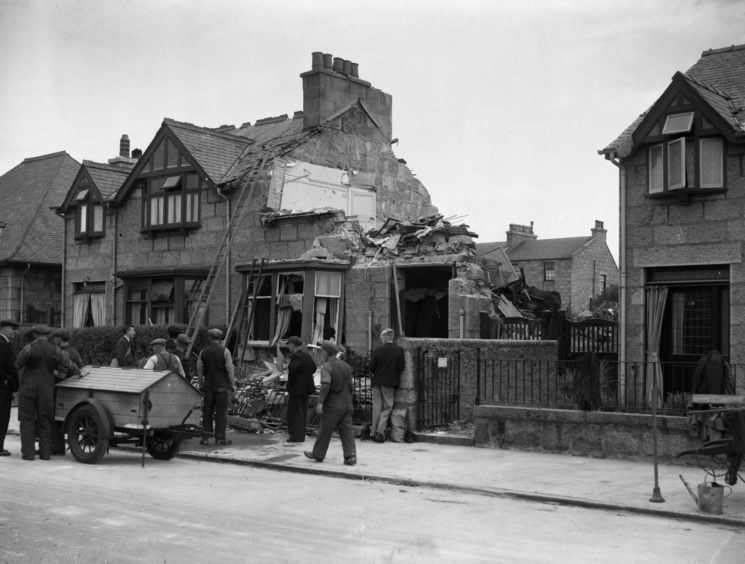In Frozen, it took the magic of Elsa to create an icy, winter wonderland. In the Granite City it took the power of a group of local businessmen to create the wonderful Aberdeen Glaciarium.
All but forgotten today, this was a spectacular edifice, housing a massive ice rink on Forbesfield Road in the early 1900s, a huge draw for skaters, curlers and ice hockey players from across the north-east and beyond, making it the envy of Scotland.
Operated by the elegantly-named Aberdeen Winter Recreation Institute – set up 110 years ago by a group of Aberdeen businessmen – the Glaciarium was an imposing and inspiring structure. Bright red, built of corrugated iron on a steel frame it was simply huge.
Its rink was able to take 1,000 skaters at a time and was lit with arc lamps and fairy lights, making it a magical place to be for Aberdeen’s Edwardian skating fans.
Opened in 1912, at its height it was attracting 4,000 skaters in one week, before it closed its doors in 1915 as part of the First World War effort.
Attracted the Luftwaffe
Remarkable as the Glaciarium was, it represented only one small chapter in the history of this now-lost magnificent building on Forbesfield Road.
In its time, it was an exhibition centre, a wartime aircraft factory, a training centre for disabled servicemen and a garage.
It saw performances by international orchestras, championship boxing bouts… and might even have attracted the attention of the Luftwaffe during the Second World War.
Its remarkable history and story has been charted by city historian Keith Jones, who said the Forbesfield Road had its origins in one of the most unlikely fads of the early 20th century.
He said: “In 1909 Aberdeen was in the grip of a craze which had swept the world at the time.… yes roller skating. Premises all over the city were being turned into roller skating rinks. By the autumn you were spoiled for choice.”
The popularity of roller skating – seen on the silver screen in Charlie Chaplin’s The Rink – saw at least eight rinks in the city, from the Central Hall on Skene Street to the Aberdeen Rink in the Trades Hall on Belmont Street, with both Torry and Woodside having their own roller emporiums.
Theme was clearly lavish
Keith said: “But the greatest of all was the brand-new Aberdeen American skating rink erected in Forbesfield Road where a block of flats now is. This was a huge building, 260 feet by 115 feet with a skating floor of 220 feet by 75. To give a rough indication of the size, the concourse roof at Aberdeen Station is 245ft by 97ft, fully 15 feet shorter on each side.
“The building was of corrugated iron painted oxide red on a steel frame erected by the James Abernethy foundry – a prominent Aberdeen engineering business.
“You see their names on drain covers all over the city.”
The fully-lined interior of the building was painted blue and as well as its spectacular lighting it had 25 gas heaters to keep visitors warm. The rink’s theme was clearly lavish, with white liveried footmen and page boys, as well as six instructors and one “instructress”.
“Eight thousand guests were invited on the opening day in October 1909,” said Keith, who has given talks on the Glaciarium and is one of the city’s most prominent rail and transport historians.
“The viewing gallery could hold 500 and the main hall 2,000 spectators. The premises had a licenced capacity of 4,000. Although at the time the surrounding area was quite rural it was only a 15 minute walk from Union Street and about five minutes from the Mannofield and Queen’s Road tram lines.”
Roller skating for the public wasn’t the only attraction for the rink.
World champion roller skaters gave displays, there were fancy dress days, mile long races between skaters and cyclists, and even a masque costume carnival, with Madame Clara Butt, a famous contralto in her day, who was mobbed wherever she went.
Hall of Laughter
But barely a year after it opened the roller skating craze was fast fading and new ways of pulling in punters had to be found, including a big boxing match between UK welterweight champion Young Joseph and Jack Travers.
Keith said: “At the end of the winter season (in 1910) the premises became the venue for a large trades’ exhibition running from April 30 to June 11. The building was decorated inside and out with flags and bunting.
“Traders included aerated waters from Hays of Berryden and Thomson of Lemon Street. Thomson’s also provided toffees and confectionary from their shop at the corner of Union Street and Summer Street.”
Other attractions for the exhibition included a “Hall of Laughter” and entertainment from the Royal Romanian Orchestra. But it was to no avail.
By 1911 the business folded and the building put up for sale.
At which point the Aberdeen Winter Recreation Institute, formed by a consortium of local businessmen, skated to the rescue with its ice rink idea. And so the Aberdeen Glaciarium was born. Not that it was the easiest of births.
Keith said: “The opening ceremony on October 1 1912 was somewhat of a disaster in that, thanks to air locks in the pipes, the machinery used to manufacture the ice had failed to do the needful. It needed a few more days of effort before all was up and running properly.
An intolerable nuisance
“Those living in nearby Cromwell Road were now complaining to the Town Council that the noise from the generators was running 24/7 and was too obtrusive and was affecting their property values.”
The Aberdeen Journal printed a letter of complaint to the council from local resident John Wraight. It said: “The noise has continued night and day, Sundays included, for the past two months and is of such a character as to disturb the rest of persons residing in the neighbourhood.
“I have to ask that some measures will at once be taken to protect the ratepayers in this otherwise quiet residential quarter from a state of things that has become an intolerable nuisance.”
The institute clearly found a way to keep the noise down, because the Glaciarium successfully ran for three years, becoming a hub of skating, curling and ice hockey and entertainment in the Granite City.
Keith said: “Ice hockey was particularly promoted by the Aberdeen Grammar School FP Club whilst curling championships involving teams from all over Scotland brought a lot of publicity.
“On 21st February large numbers turned out to see the 14 year old trick skater from Berlin, Fraulein Kaethe Schmidt, who had originally trained as a ballet dancer. For the 1913 winter season, an Orchestraphone, a new contrivance equivalent to 12 musical instruments was installed. It seems to have been a version of a record deck.”
During its three years, the Glaciarium, home to Aberdeen Curling Club long before today’s Curl Aberdeen, was the centre of press attention. Both the P&J and Evening Express carried breathless reports of hockey matches, curling bonspiels and various other exciting events.
It’s A Knockout
In 1913 the Aberdeen Daily Journal reported on a carnival at the rink including some skating contests fitting of It’s A Knockout.
“A good deal of amusement was occasioned at the difficulties frequently experienced by the ladies and gentlemen who took part in the potato-lifting competitions, one for the ladies and gentlemen respectively,” it reported.
“Miss Lindsay proved an adept among the ladies in this race, her smartness in getting to the potatoes, lifting them with a spoon and returning to deposit them in a basket being greatly admired. She deservedly won the prize.”
Miss Lindsay must have been quite adept, because she went on to win the ladies’ hoop race.
Two years later, in January 1915, the P&J reported: “A brilliant spectacle should be witnessed at The Glaciarium, Aberdeen, on the evening of Saturday on the occasion of the fancy dress carnival of skaters to be held on the magnificent sheet of ice.
“Handsome prizes are to be offered for the most beautiful, most original, most effective and most humorous costumes.”
The fact this carnival was held in aid of the Belgian Relief Fund was a harbinger of what the future held for the Glaciarium.
As the First World War raged, in March 1915 the ice rink was closed and stripped out for the war effort. The building was not mentioned again until 1918 when it had been given a new lease of life as the wartime Aberdeen Aircraft Company. Owned by Greig and Henderson, it was one of 18 such factories across the UK, turning out the AVRO 504 biplane.
Keith said this was the primary training aircraft for the RAF until the early 1930s, with the Aberdeen factory producing 250, using wood purchased in Aberdeenshire.
He said: “I haven’t been able to trace specifically how these aircraft escaped into the real world. They were certainly flown from the area now comprising the Rubislaw and Harlaw playing fields and an elderly gentleman of my acquaintance recalled his mother mentioning the planes taking off from there in her young days.
Did Luftwaffe target ‘aircraft factory’
“A further conundrum is that several houses in Forbesfield Road sustained bomb damage in the Second World War involving fatalities. Was this just bad luck or was the Luftwaffe targeting what they believed was still an aircraft factory?”
Forbesfield Road next burst into life in 1920 as a training centre for disabled servicemen, with up to 700 people at a time being taught trades such as carpentry, joinery, and motor mechanics.
As demand for its services dwindled, the centre was closed and in 1924 sold to the company which would give the Glaciarium its longest but final chapter.
Upmarket car dealer Rossleigh used Forbesfield Road as its repair shop, paint shop and showroom, making it the largest garage in the north of Scotland.
But in 1970, Rossleigh – which once had a showroom on Union Street where Michie’s is now – was bought out and a few years later closed down its Aberdeen operation.
Early in the 1980s, the imposing Forbesfield Road building, by now painted green, was demolished.
Not even Elsa’s magic could have saved it from the wrecking ball, as the once wonderful Aberdeen Glaciarium finally let it go and melted away to the footnotes of Aberdeen’s history.
